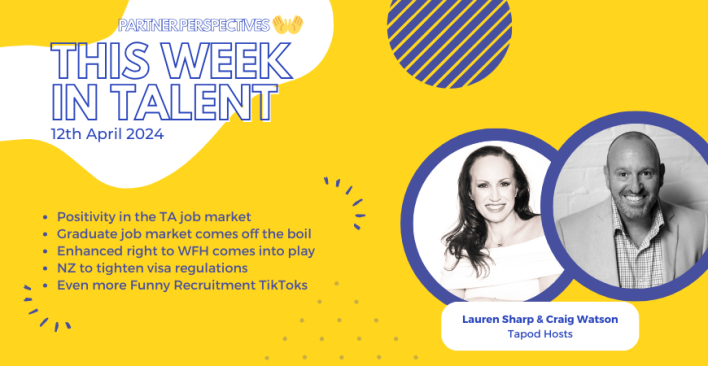Diversity in Contingent Workforce – Small Organisations Take the Lead

You could sense a slight uneasiness when Ruby Lee, Head of Recruitment from Cogent, casually let it be known that her organisation, Cogent, has an “open salary” initiative. Immediately after, she added that they offer the similar work entitlements to both their Permanent and Contingent employees as well.
The audience, consisting mostly of Talent Acquisition and recruitment leaders from ASX200 organisations, almost let out a collective gasp.
Ruby works for a local tech consulting company that hires 45 employees, of which around 10 percent of the headcount is Contingent. She was part of the Diversity & Inclusion panel, which includes Deb Jackson (Head of Talent at Transurban), Julian Banks (Transformation & Contingent Workforce TA Leader at Lion) and Nick Duggal (Partner at Moray & Agnew), at the Contingent Workforce Conference 2017 where she was discussing how organisations can use non-permanent Talent to improve the diversity of their total workforce.
[Tweet “Matching work entitlements for contingent & full time staff draws in diverse talent”]
“It is extremely competitive in the technology industry and female coders are very highly sought after by organisations,” said Ruby. “By offering an open salary model and similar work entitlements to all employees, it allows us to attract and retain a wider range of candidates.”
With Contingent workers making up over 20 percent of the workforce currently and increasing exponentially, there is a growing sense that larger organisations are missing out on the opportunity to improve diversity within their ranks by choosing not to explore this option within their Contingent ranks.
Trevor Vas, director for ATC, believes the main reason for this is because larger organisations are predominantly focused on reducing costs and increasing efficiency meaning diversity, often, is left as an afterthought.
“We already see many organisations hitting roadblocks when trying to implement diversity solutions for their permanent workforce and for them to consider diversity within their Contingent workforce might be a step too far for most,” Trevor said.
“Until a time where these organisations can move away from a cost and efficiency model towards an agility model which allows them to create a better employer value proposition to attract a bigger range of candidates, diversity will always remain on the backseat,” he added.
[Tweet “Is diversity too hard to implement in a workforce as agile as the contingent?”]
However, Richard Barnett, Hays Client Solutions Director, reckons that it is not all doom and gloom and he believes “that by talking about it (diversity in Contingent labour), it becomes something that people will then discuss next time when they are reviewing how they approach these sorts of things.”
“There are some organisations, such as CBA, who are doing great work on diversity for their permanent workforce but I don’t think anybody has taken the leadership position to set a good example on Diversity in Contingent labour yet,” said Richard.
“The challenge, then, is for someone to take on the challenge and be here next year to give a case study of what you have done to weave diversity into contingent,” he added.
Will you be the one?
Related articles
Leave a Reply
Sign up to our newsletter
Get a weekly digest on the latest in Talent Acquisition.
Deliver this goodness to my inbox!


